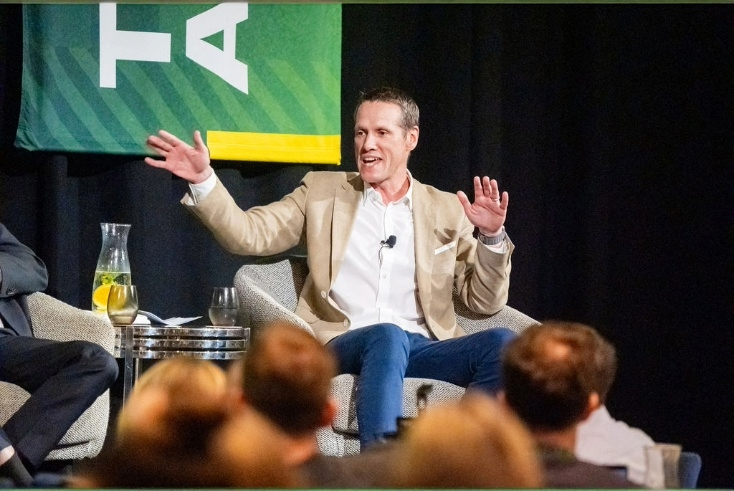Australia’s Nine welcomes global streamer competition but expresses programmatic concerns

Two of Australia’s leading commercial broadcasters, Nine and Seven, have both declared that the arrival of global subscription VOD (SVOD) streaming services with ad tiers — which nominally represent new competition for adspend — are good for business.
Nick Young, commercial director for digital at Nine, said recently: “It has been the best thing ever for our category [TV], because it has put the focus on premium long-form entertainment. This is what matters — not only free-to-air broadcasters but the role of long form. It is attracting more eyeballs and money to the sector.
“People used to say there is no future in long-form television. They said: ‘My daughter watches TikTok all day.’ That conversation has stopped.”
Young is referring to commentators predicting the death of TV and accepts that the likes of Netflix and Amazon Prime Video are now a full part of the television ecosystem. His sentiment reveals a belief that broadcasters and global streamers in Australia are fighting the same battle — for the attention of media buyers who are also being offered short-form content from video-sharing platforms and social media as a way to hit their reach targets.
Blurring of lines between global and local sales
His words also reflect the blurring of lines between the long-established free-to-air broadcasters in Australia and global streamers. Nine is the sales representative for Warner Bros Discovery’s Max streaming service in the country, for example. The broadcaster also has its own SVOD service, Stan, which will gain an ads offering this year.
Young was speaking on a panel that asked if programmatic is working for brands and TV publishers in Australia at The Future of TV Advertising Sydney. It was chaired by Paul McIntyre, executive editor at Mi3.
They were joined by Jordan King, national digital sales director at Seven West, who agreed with his local rival that streamers are good for the wider TV business: “It puts a focus on premium video and that changes conversations.”
Young does have one major concern about the growth of streaming in Australia, however, and that is the way it is going to be transacted and whether media owners get sufficient credit (in the form of inventory valuation) for what he believes is their superior content.
He listed concerns around the form of programmatic media owners end up using, fearing models that introduce an intermediary between the sales house and their clients, bundle a harmonised pool of non-comparable video inventory and lack supply chain transparency.
Fear of homogenised inventory pools
Young explained: “There are players out there who want us to homogenise our inventory and the danger is you sacrifice long-term control for short-term revenue gain.”
He left the audience to decide which programmatic players he was talking about but did reference “intermediaries” and “an adtech layer that screwed display advertising” as a warning from the past, albeit in another medium.
Young declared: “If we cannot charge a premium for long-form, quality video, not just from free-to-air broadcasters but from services like Prime Video and others, we are screwed. All of us must be able to charge a premium rather than be homogenised in a [programmatic inventory] bundle.”
King noted that Seven has largely shunned open exchange programmatic in favour of direct deals and programmatic guaranteed.
Open exchange programmatic is considered a potential danger by Pippa Leary, managing director and publisher for free news and lifestyle at News Corp Australia, which has partnered ad-supported streamer Tubi in the market.

Convincing buyers to use programmatic guaranteed
Focusing first on display advertising in publishing, she said only 8% of News Corp inventory is available in open exchange, with the rest sold direct or as programmatic guaranteed. “Our job with Tubi is to convince buyers to come to us with programmatic guaranteed, where you get the benefits of programmatic trading without any shady parts,” she said.
Leary is a former commercial director for digital sales at Nine and returned to the need for broadcasters to maintain the individuality of their inventory in a programmatic market.
She continued: “The reason we [broadcasters] came up with the term ‘BVOD’ is that we didn’t want this long-form, high-quality, non-skippable, sound-on, addressable inventory to be rolled up in a connected TV long tail. We needed to tell the market it was something different.”
Speaking earlier at the event, Mark McKee, executive vice-president and general manager at FreeWheel, had offered a programmatic warning of his own, stating that strong growth in connected TV adspend meant the TV industry is at a crossroads and must choose between automation models for streaming transactions that favour media owner control and sustainable value or lead to loss of control and a race to the bottom.




